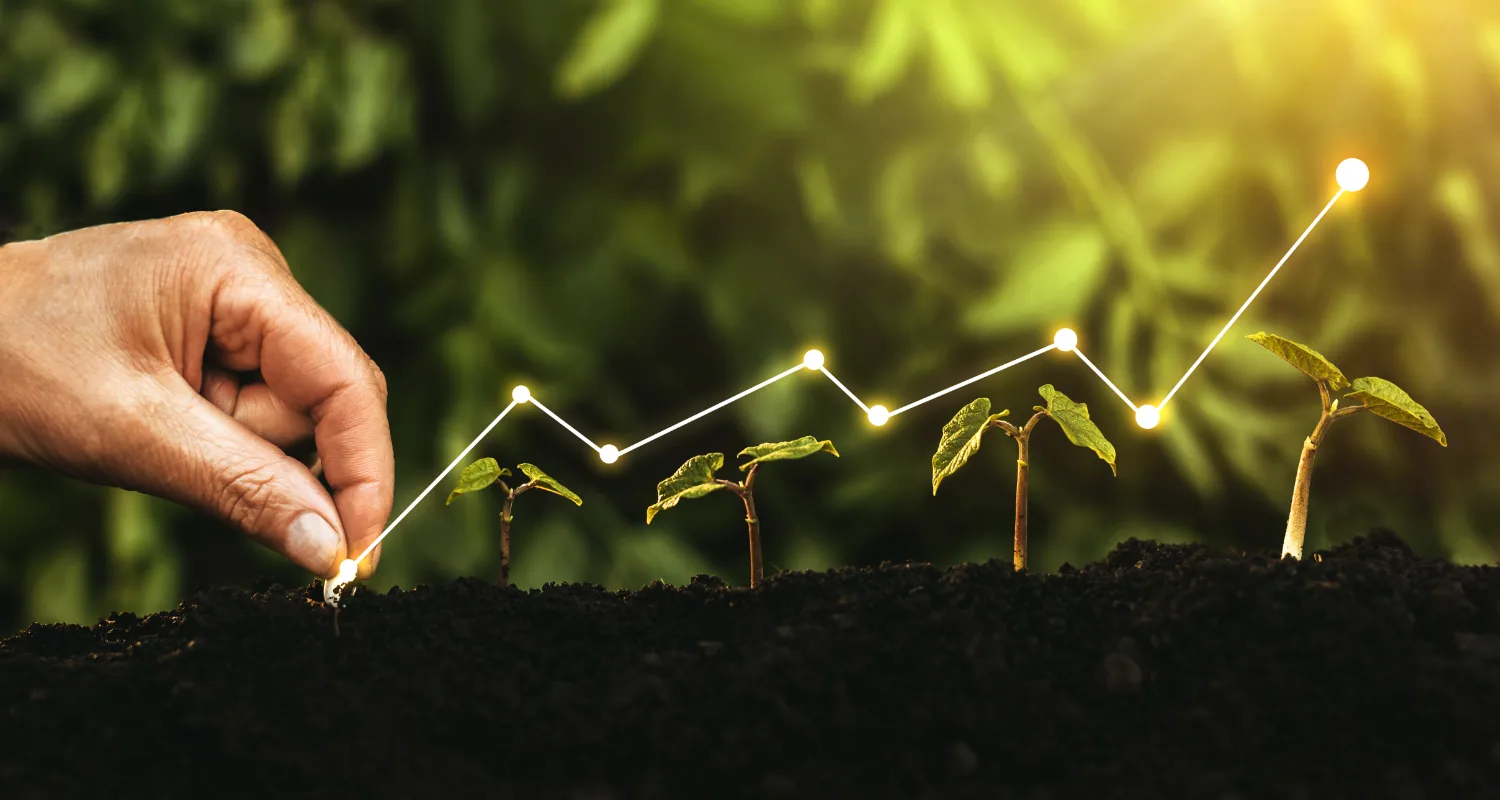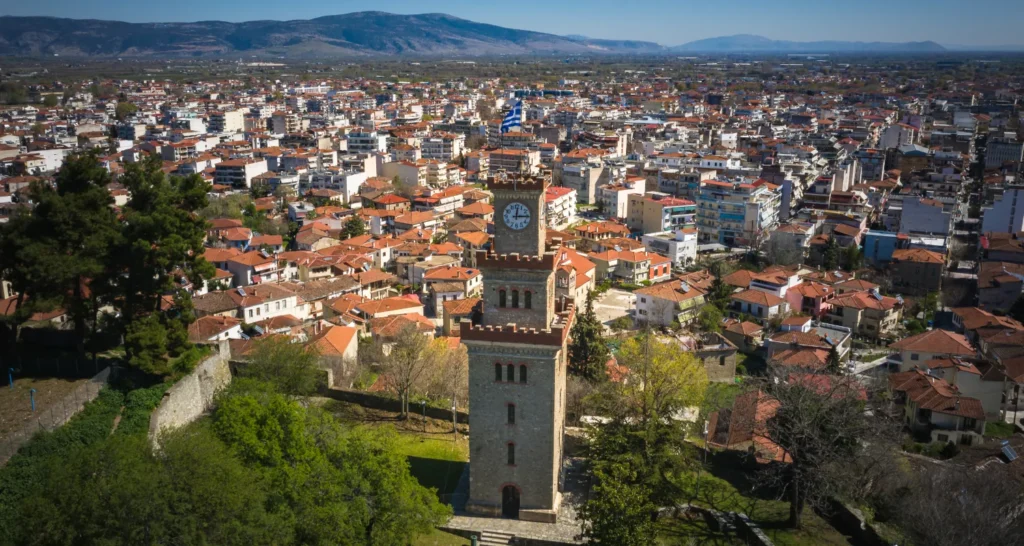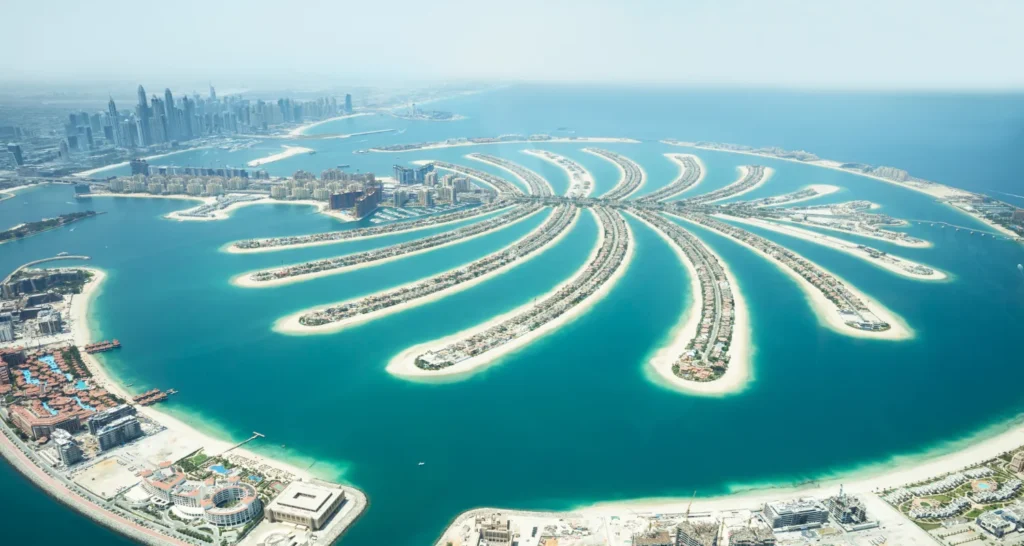In an era marked by environmental challenges and the quest for sustainable development, the relationship between green economics and population dynamics has come to the forefront. Green economics, a discipline that intertwines economic principles with environmental consciousness, seeks to strike a balance between economic growth and environmental protection. Understanding the intricate connection between green economics and population is essential for crafting effective policies that propel us towards a more sustainable future. In this article, we delve into the synergistic relationship between these two domains and how they shape the path to a greener and more equitable world.
Green Economics: Merging Prosperity and Planet:
Green economics embodies a holistic approach to economics, encompassing ecological well-being, social equity, and economic prosperity. It recognizes that traditional economic models, which prioritize unlimited growth, can lead to overexploitation of natural resources, environmental degradation, and social inequalities. Green economics emphasizes sustainable resource management, reducing ecological footprints, and fostering long-term well-being for both present and future generations.

Population Dynamics: Beyond Numbers:
Population dynamics, on the other hand, encompass the study of changes in population size, structure, distribution, and their implications for society and the environment. As the global population continues to grow, the demand for resources and energy escalates, exerting pressure on ecosystems and exacerbating environmental issues. Moreover, population dynamics are intricately tied to social and economic factors, influencing consumption patterns, urbanization, and resource utilization.
Balancing the Equation:
The connection between green economics and population dynamics is a balancing act that holds profound implications. A rapidly growing population can strain resources and amplify environmental degradation, but this does not necessarily imply that population growth is the sole driver of environmental issues. Rather, it underscores the importance of addressing consumption patterns, technological innovations, and equitable distribution of resources in tandem with population dynamics.
Population Stabilization and Sustainability:
Efforts to stabilize population growth are aligned with the principles of green economics. Access to education, healthcare, and family planning services empower individuals to make informed decisions about family size. When societies experience a demographic transition, characterized by declining birth rates and mortality rates, resource demands become more manageable, and opportunities for sustainable development are heightened.

Quality of Life and Consumption Patterns:
Green economics also sheds light on the quality of life, consumption patterns, and well-being of individuals within a society. A more equitable distribution of resources and wealth can lead to reduced wasteful consumption and a decreased strain on ecosystems. As societies transition towards a greener economic model, with a focus on renewable energy, circular economy principles, and sustainable production, the negative environmental impact of population growth can be mitigated.
Collaborative Solutions for a Greener Future:
The collaboration between green economics and population dynamics offers an integrated approach to crafting sustainable solutions. Policy frameworks that promote renewable energy adoption, efficient resource utilization, equitable wealth distribution, and education can positively influence both environmental sustainability and population stabilization. Moreover, empowering women, ensuring access to family planning, and addressing social inequalities contribute to a virtuous cycle of sustainable development.
The connection between green economics and the smart city population is a perfect match for the ultimate in lifestyle choices. Many are flocking to the urban areas to reap the benefits of a smart green economy. The “Internet of Things” (IoT) combined with information technology companies (IT) have integrated green economics with the smart city population.

As humans interact and become socially connected through the computer they integrate with the smart system. All becomes one around the globe. Sustainability awareness is peaking. Continual innovative approaches and methods developed by IT companies become a reality in connection throughout the smart city populations of the Earth.
As we transform into a low-carbon society we have become rich in economy and sustainable development. A train of successes has emerged from the connection between the green economy and the smart city population. Smart cities are a magnet for social development through connectivity, both socially and economically.
Smart, Green, and Connected
Strong urban development visions are integrating the smart city population with the green economy. IT combined with IoT takes note of the smart city’s assets. Departments and sectors of the smart city are all connected through the use of urban informatics and smart technology. Data from citizens is collected through smart devices and real-time monitoring. A voice is given to all as the information is analyzed and processed. The data and information is received and monitored 24 hours a day. It permits the ultimate efficiency and communication between city officials, the government, and smart city residents. What is happening in the smart city, its infrastructure, and other sectors are available any time of the day at the push of a button enabling real-time response and rapid interaction with the smart city population.
Environmental concerns along with the economy have induced a strong interest in the smart city population and the green economy. The connectivity between the green economy and the smart city population has reached a soaring high. The large growth spurt is attributed to these two self-explanatory means as an advancement in communication.
- Applications of Electronic and Digital Technologies
- IT Companies Combined With the Internet of Things
The smart city population utilizes IT companies and data to constantly correspond with the green economy. The market becomes the residents of the smart city through the applications denoted above. The smart city population has implemented smart technology and communication into their daily lives.
Intelligence Connectivity in Smart City Population
All dimensions of a smart city are integrated including individual human intelligence, artificial intelligence, and collective intelligence. In order for intelligence to become one mega intelligence the use of advanced, or smart technology, is applied through IT company innovations and IoT. This provides the connectivity between the green economy and the smart city population. Information can be exchanged from any location and at any given time of the day through the communication infrastructure.
The smart city is a connected city traveling in cyberspace. IT companies provide the infrastructure on which it travels. Information is collected and delivered to the public portal. Residents of the smart city are able to live and work on the internet, and through it. Every area of their life is connected through the internet. This does not burn up our natural resources and makes the way for the ultimate in connection to the green economy. The green economy is connected in every way to the smart city population both economically and socially.
The smart city is an intelligent and connected city. Green economics and the population of the city are successful due to the combined energy of both. The lifestyle is bountiful both economically and socially. Technological innovations through IT companies support all phases of life in a smart city. The most significant resource is the population itself. Every infrastructure is well maintained and up to date with the latest advancements in technology and communications.
Every citizen of the smart city is connected to every service through any computerized or smart device. Access is given to every infrastructure and input from the citizens is expertly applied. Collective action and problem-solving are a reality through cloud-based services and IoT resulting in inaccurate communication.

What is the connection?
The connection between green economics and the smart city population is a strong and sustainable one. Living in a green economy is vital for our survival. This is only possible through the use of effective communication provided to us through smart technology. The very foundation of the smart city relies upon the green economy. So what is the connection? The connection is between the green economy and the smart city population.













